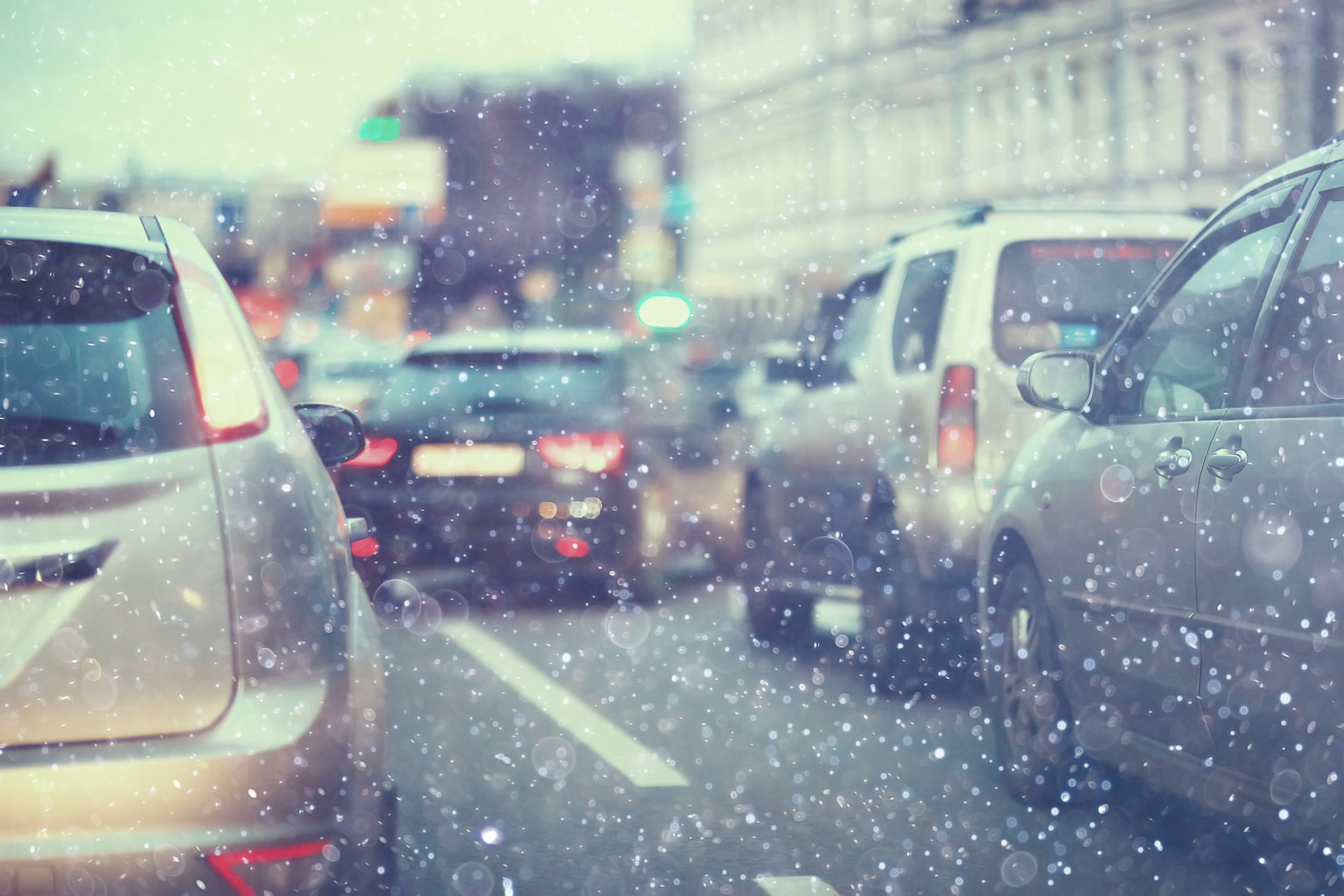
Proving Fault When Bad Weather Contributes to a Car Accident
Posted In: Personal InjuryCar accidents can not only wreck your car; they can wreck your life. Pain, distress, and financial hardship are often par for the course. Bad weather plays an active role in causing approximately 21 percent of all crashes in the US.
If you’ve been injured in a wreck where lousy weather was a contributing factor, how do you prove fault in a personal injury case? We’ll explore below.
Contact the law offices of Eden Rafferty today for a free consultation if you’ve been hurt in a car crash.
Can Insurance Deny a Car Accident Claim if Bad Weather Was at Play?
When it comes to proving negligence or fault for a car accident, bad weather can complicate things. For a claim to be accepted, the injured party has to prove the other driver was negligent. That is more difficult to do if there was snow, icy conditions, fog, etc., occurring at the time of the crash.
To recover compensation for a personal injury, you’d need to prove negligence was the main cause of the accident, not inclement weather conditions. You also must prove your injuries and damages were a direct result of the crash.
But if the insurance company can prove that bad weather alone, not the other driver, caused the accident, they can deny a claim. Each driver would then be held responsible for any damages.
Car Accidents and the Duty of Care
Regardless of the weather conditions, every driver has a duty of care to others, meaning drivers must maintain control of their vehicle at all times to prevent crashes. No matter what the weather is doing, every driver has to exercise a level of care appropriate to road conditions.
When bad weather strikes, drivers have to use an even higher level of care to keep themselves and others safe. If you’ve been injured in a car accident where bad weather was a factor, the trick to getting your claim approved is to prove the other driver failed to control their vehicle because of negligence — not bad weather.
Examples of bad weather and duty of care
Speed limits are the highest speed one can travel on a road when weather conditions are ideal. So, let’s say it’s been lightly raining for a short period, and the road is still relatively dry. Driving the speed limit is likely safe and a reasonable exercise of the duty of care.
If it’s pouring and the road is wet, and water is pooling, decreasing visibility and traction, drivers should slow down. When conditions change, drivers need to adjust their speeds as a good exercise in the duty of care.
If a driver were to lose control of their vehicle when it rains, snows, etc., and cause personal injury to another, then they weren’t exercising a duty of care. They were negligent and therefore liable, even if they weren’t speeding. In this instance, they were driving too fast for the conditions.
Here are a few other examples of bad weather and failing to exercise a duty of care:
- Driving with worn windshield wipers or tires
- Driving without the lights or wipers on when conditions call for it
- Being distracted while driving
- Driving impaired
- Being tired while driving
- Engaging in reckless or aggressive driving
- Not obeying road signs and traffic signals.
Many other factors can cause drivers to neglect their duty of care to others. While bad weather can complicate things for proving fault, a knowledgeable attorney will look into how other issues could have contributed to another driver’s negligence.
Car Accidents and Bad Weather: Key takeaways
When presented with a car accident case, our experienced personal injury attorney Richard Rafferty will look at various factors, not just bad weather, to prove fault.
If you’ve been hurt because another driver failed to exercise their duty of care during bad weather, call our offices today at (508) 210-1416. We’ll be happy to discuss your case’s specifics in a free consultation and help you get the compensation you deserve.
